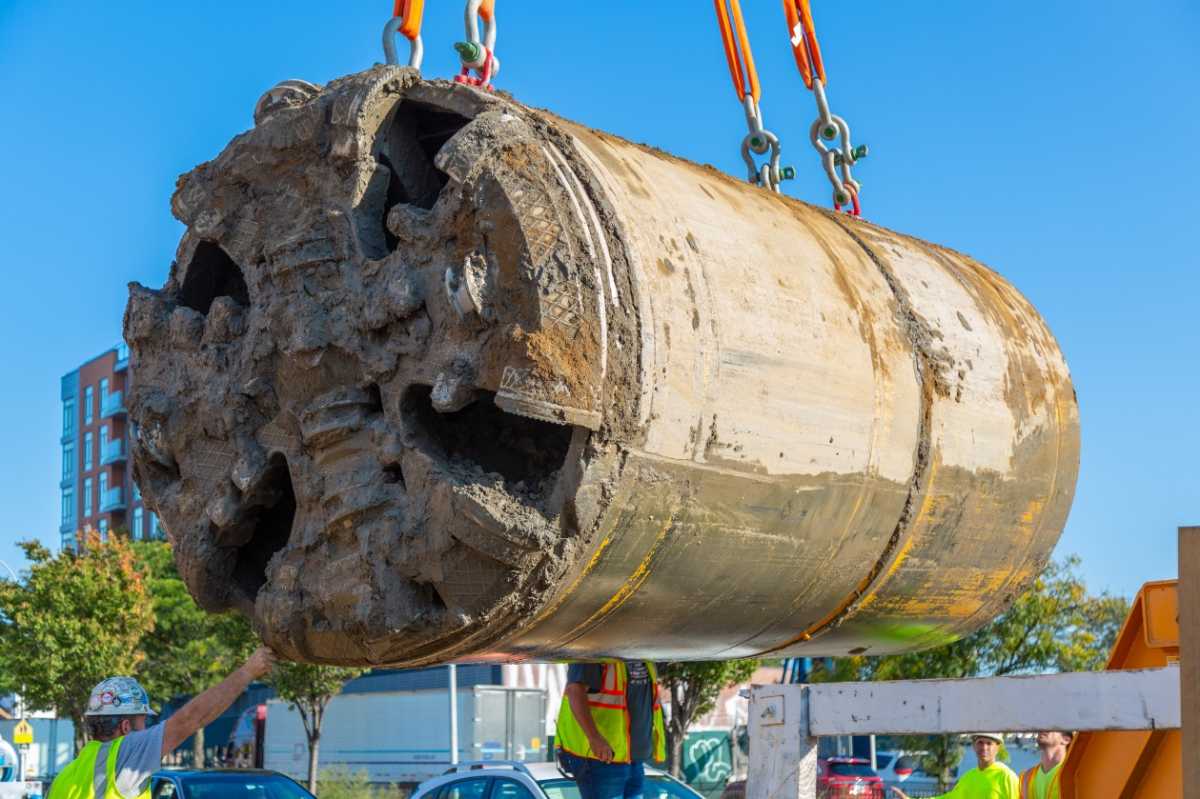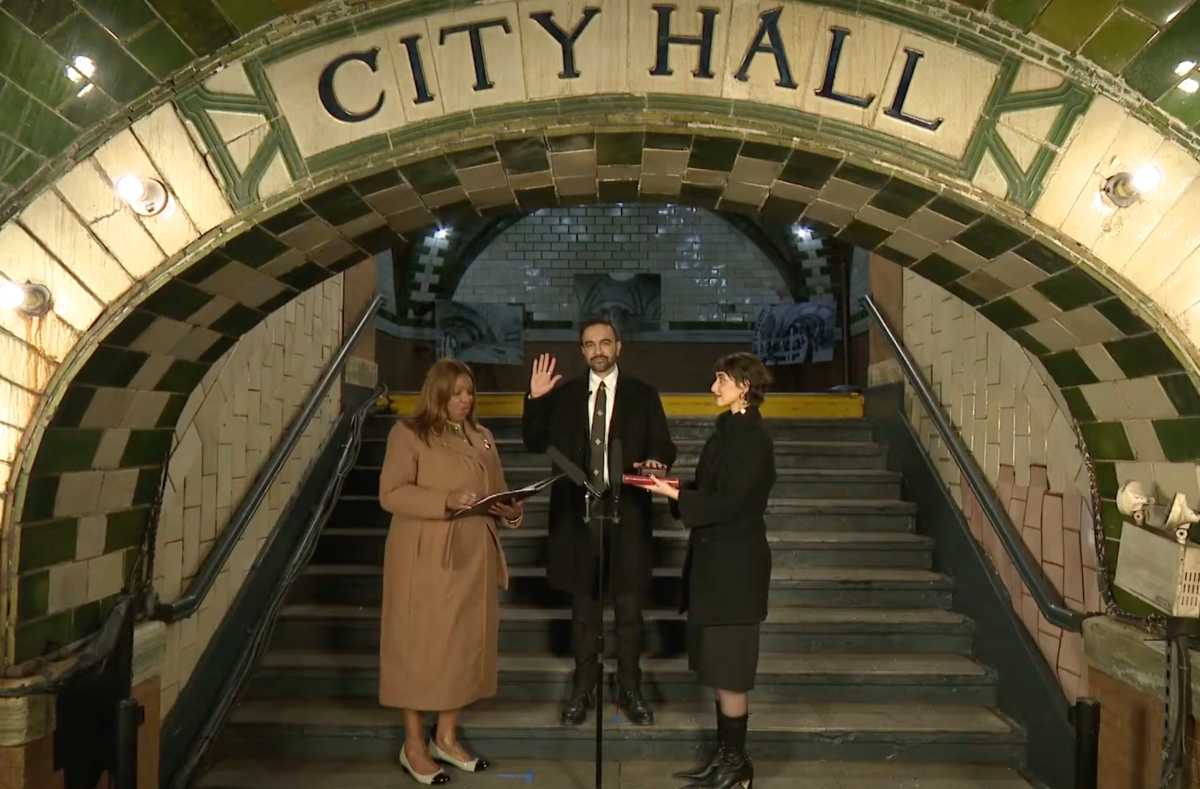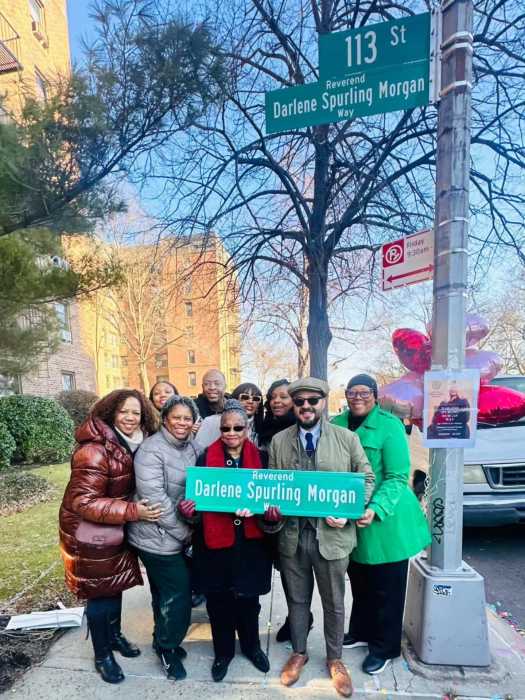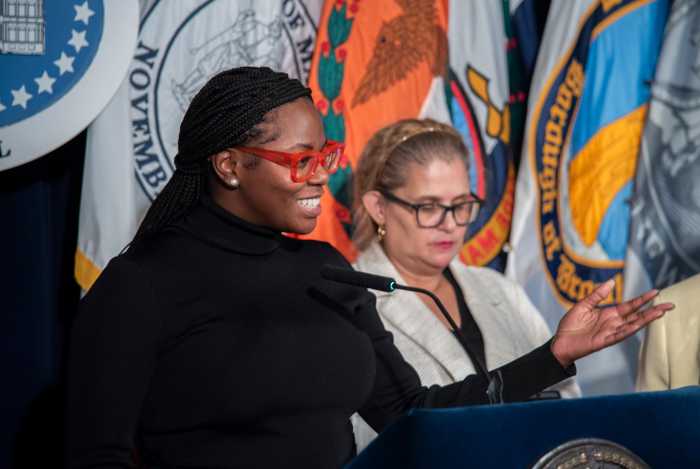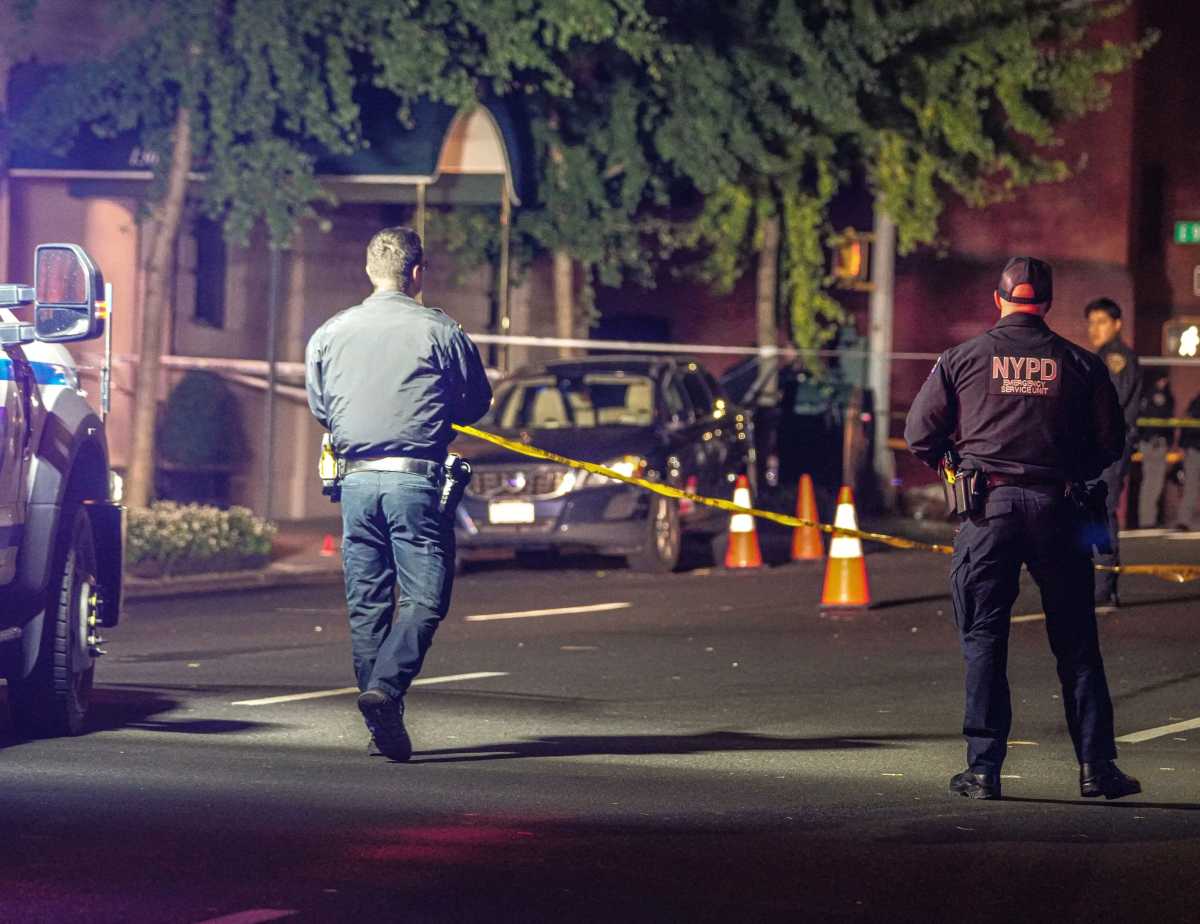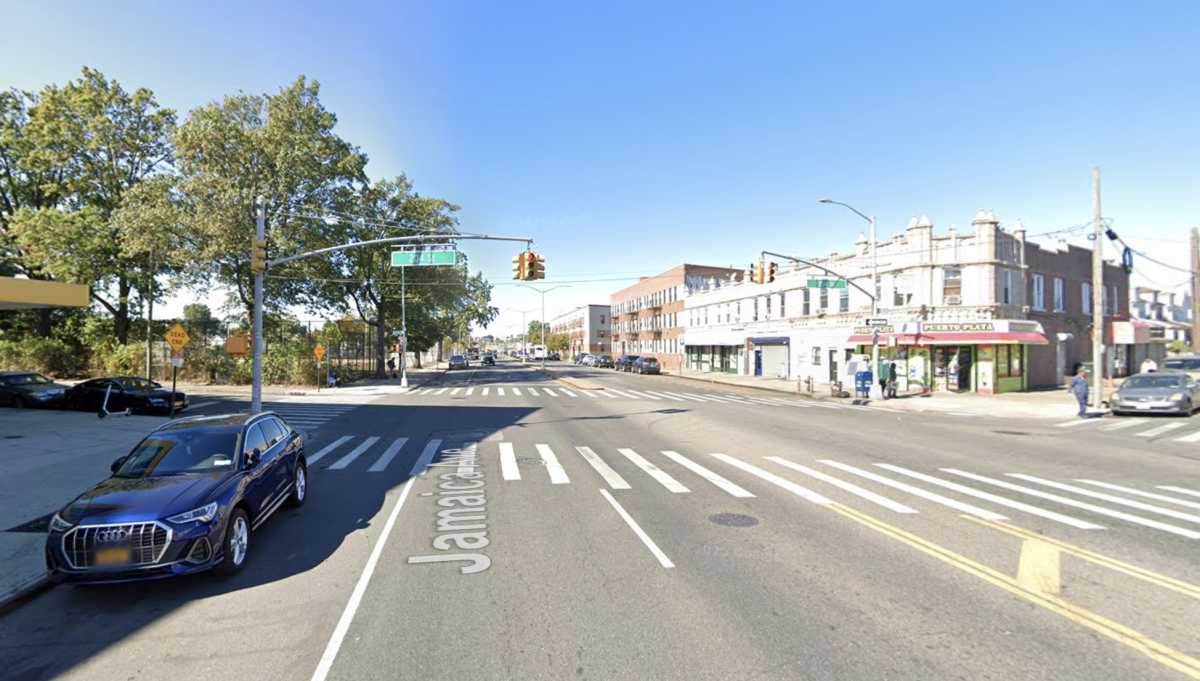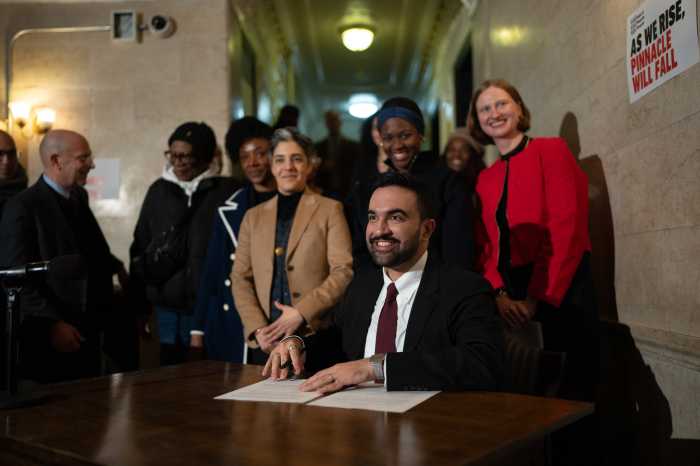The city announced on Monday the completion of a $106 million infrastructure project in Maspeth, the second of three phases to create a new drainage system through central Queens. The project also upgraded over a mile of water mains and replaced smaller, local combined sanitary sewers.
The city’s Department of Design and Construction managed the project for the Department of Environmental Protection and the Department of Transportation and successfully used micro-tunneling technology throughout large parts of it to minimize construction impacts during work.
“The need to upgrade our sewer infrastructure is more pressing than ever,” Council Member Robert Holden said. “Thanks to the city for completing the second phase of this massive sewer project, and I look forward to the third and final phase being completed in the coming years to finally give residents some relief.”
Holden was joined by Assembly Member Steven Raga and city officials for a ribbon-cutting in Maspeth on Friday, Oct. 4.
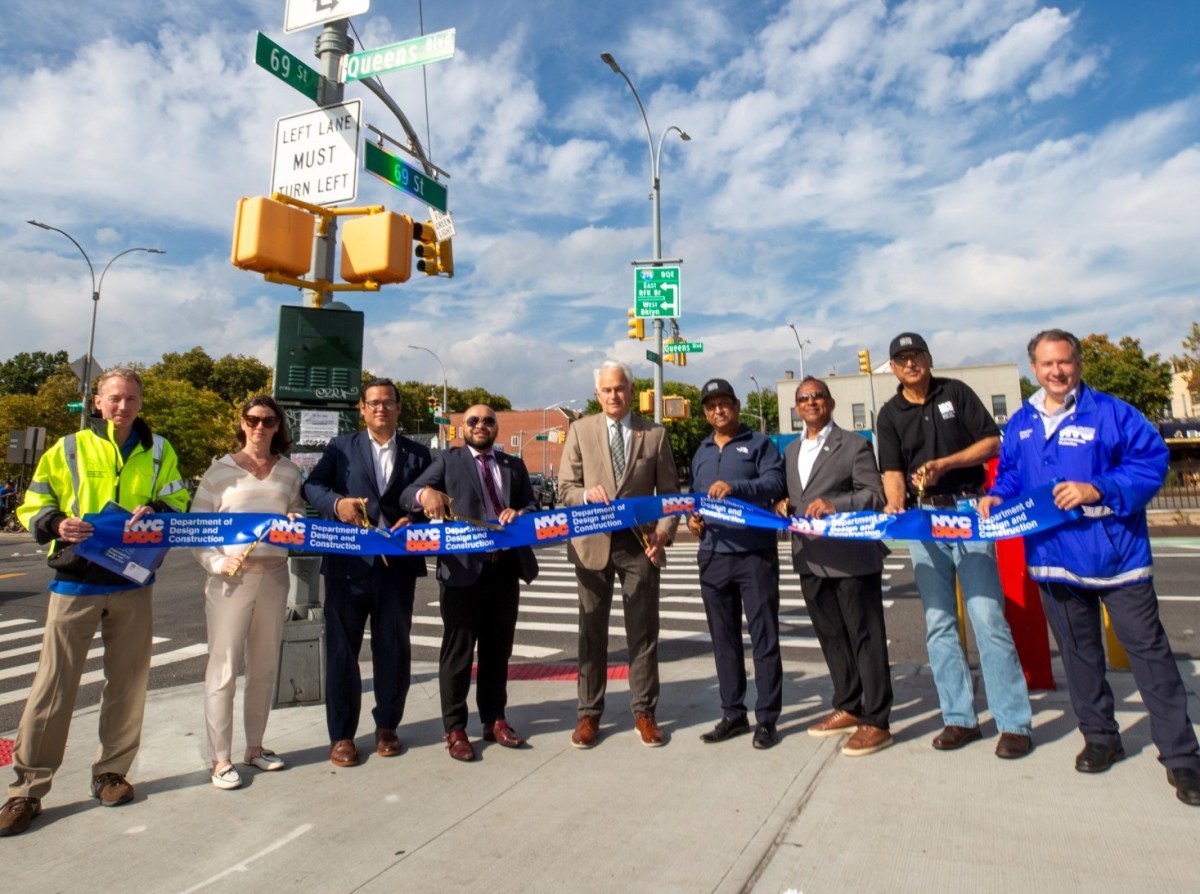
“It’s incredibly important that our city’s design meets the needs of the residents, and this new drainage system and additional upgrades will better serve Queens residents,” Raga said. “I appreciate DDC’s responsiveness to community concerns throughout the installation of this new system.”
One location where micro-tunneling was particularly effective is where the sewer crosses under Queens Boulevard. Engineers estimated it would have taken months and many pedestrian and traffic disruptions to relocate underground utilities already in the street and then install the new sewer. Instead, micro-tunneling reduced construction time at the Queens Boulevard location from several months to roughly one week.
“When the first project in this important new drainage system proved too disruptive to the community, DDC stopped work, changed its approach, and used micro-tunneling instead, including in a very sensitive and busy area where crews tunneled under Queens Boulevard,” DDC Commissioner Thomas Foley said.
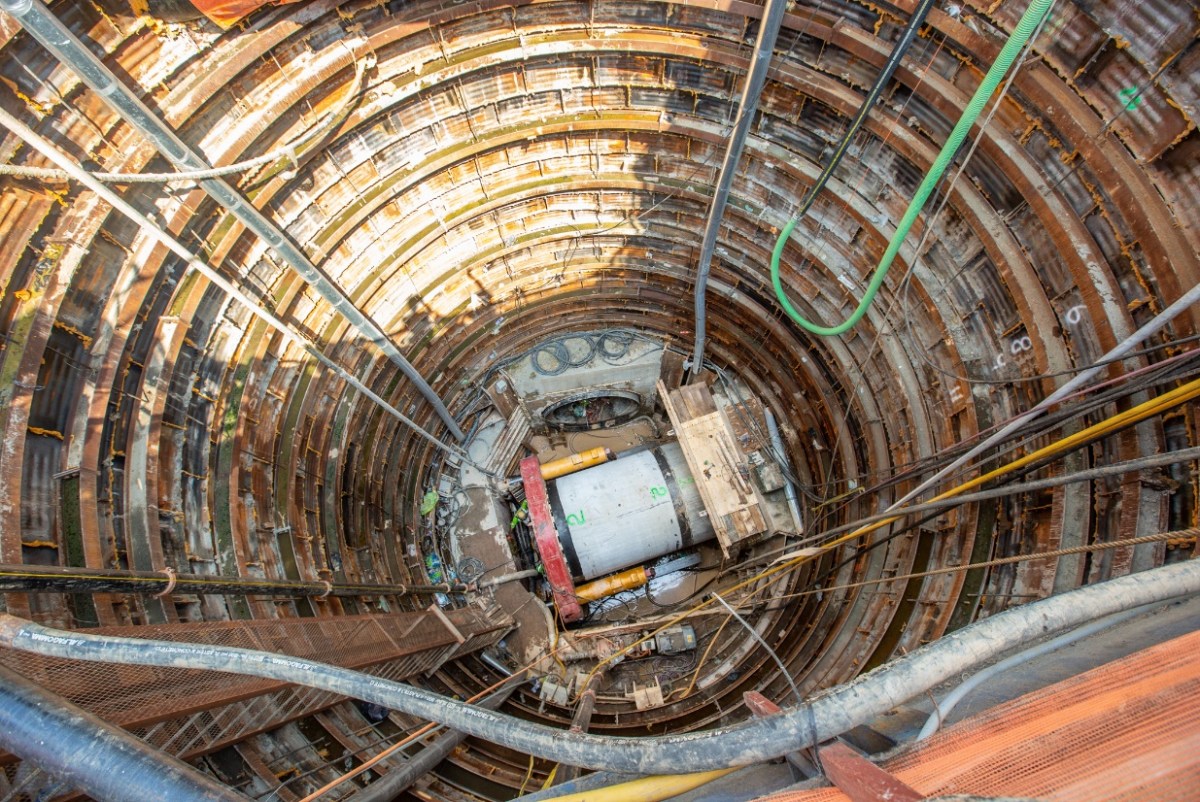
Overall, the project installed about 3,625 feet of new 96-inch-diameter combined sewer, plus about 900 feet of new box sewers up to 12 feet by 8 feet and about 300 feet of 84-inch HOBAS sewers. Additionally, approximately 1,300 feet of combined sewer were replaced. About 5,500 feet of water mains up to 90 years old were replaced with new ductile iron pipes, a more durable material.
“This $106 million project is part of DEP’s commitment to building a new drainage network through Central Queens, which will alleviate flooding caused by extreme weather,” DEP Commissioner Rohit Aggarwala said. “We will continue to work with DDC and DOT to invest in infrastructure upgrades to create more resilient communities, allowing us to better manage stormwater to protect our residents from climate change.”
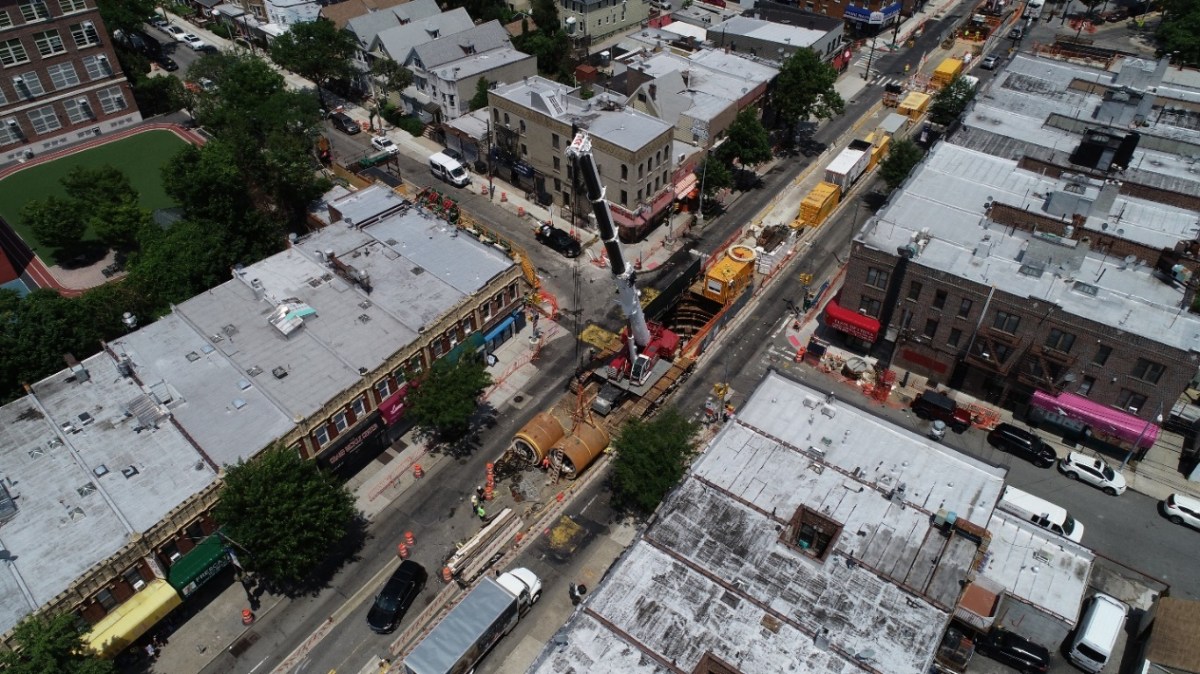
Local catch basins and fire hydrants were upgraded, and nearly 1.5 miles of local curbs and sidewalks were replaced in many areas. The project also upgraded 47 pedestrian ramps to be ADA-compliant and added 18 trees and a bike lane in the area.
“The families of Maspeth deserve to live free from flooding every time it rains, and this critical project will go a long way toward protecting homes and businesses across this community,” Queens Borough President Donovan Richards said. “Thank you to our partners at DDC for getting this work done in a way that was the least disruptive to area residents as possible, and I look forward to completing the third and final phase of this project in the years to come.”
The project is the second in a series of three that is creating a major new drainage network through Central Queens and connects at several points to work that was previously completed by DDC in parts of 69th Street and Calamus Avenue in Middle Village. The earlier $19.5 million project, which installed 2,600 feet of new sewer using open trench construction, created excessive noise and disruptions for local residents and was halted early. The remaining work was moved to the recently completed project so that micro-tunneling could be employed.
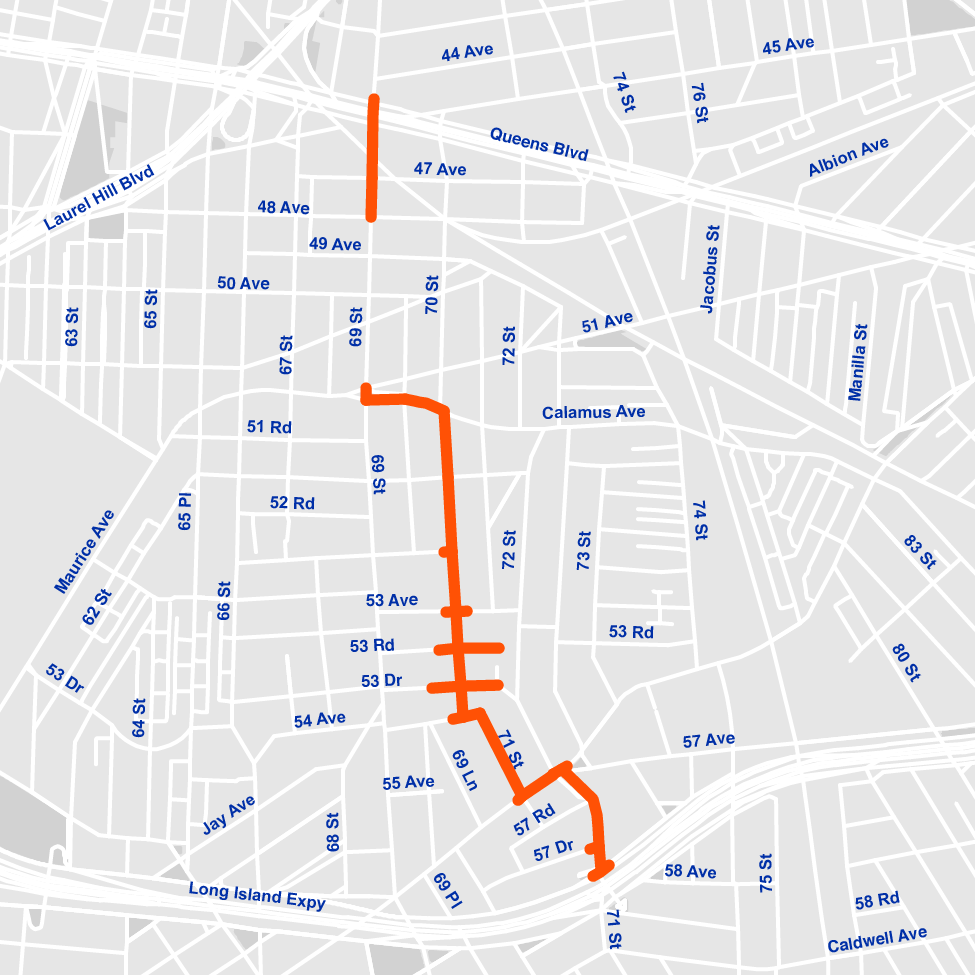
The third project is currently being designed in-house at DDC and is expected to begin construction in mid-2025 with an estimated budget of roughly $80 million. That project will connect with the recently completed work at the Long Island Expressway and extend the new drainage system south to roughly Juniper Boulevard South.
“With projects like these, plus the massive Southeast Queens Initiative, DDC, DEP, and DOT are investing billions of dollars in Queens drainage and street upgrades,” Foley said.

